Make Data %%Observability%% Everyone’s Business
Sifflet is an AI-augmented data observability platform built for data teams with business users in mind.
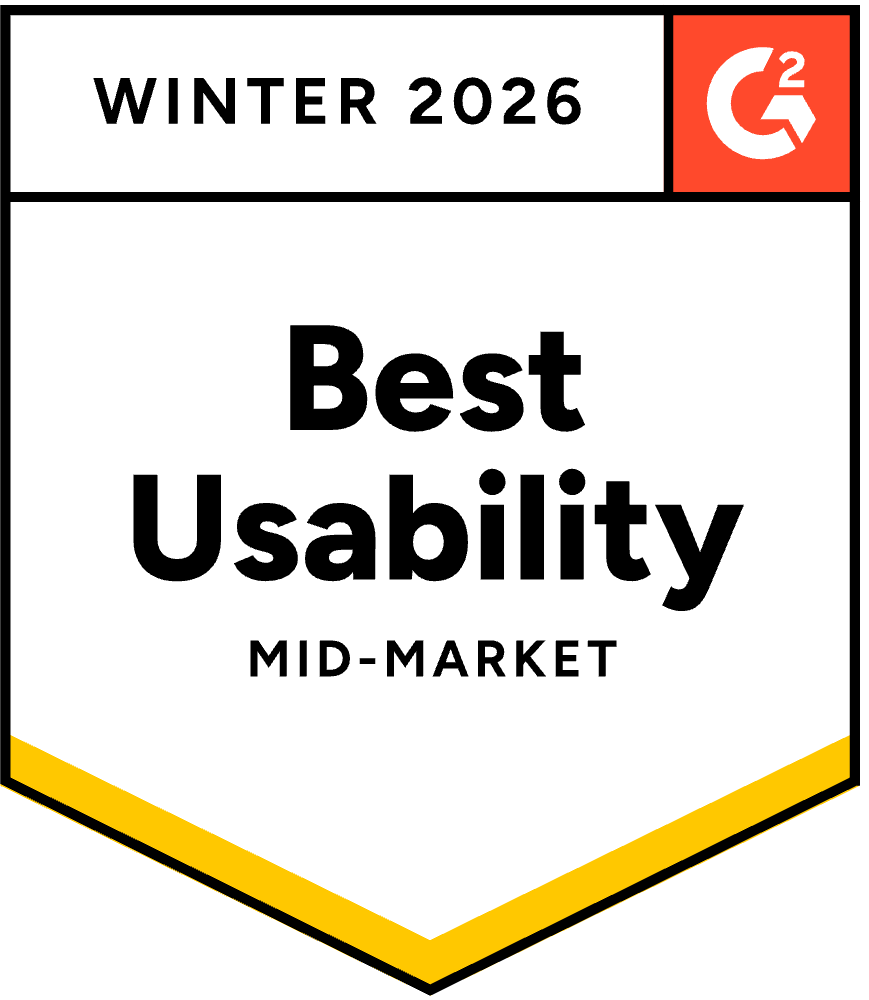


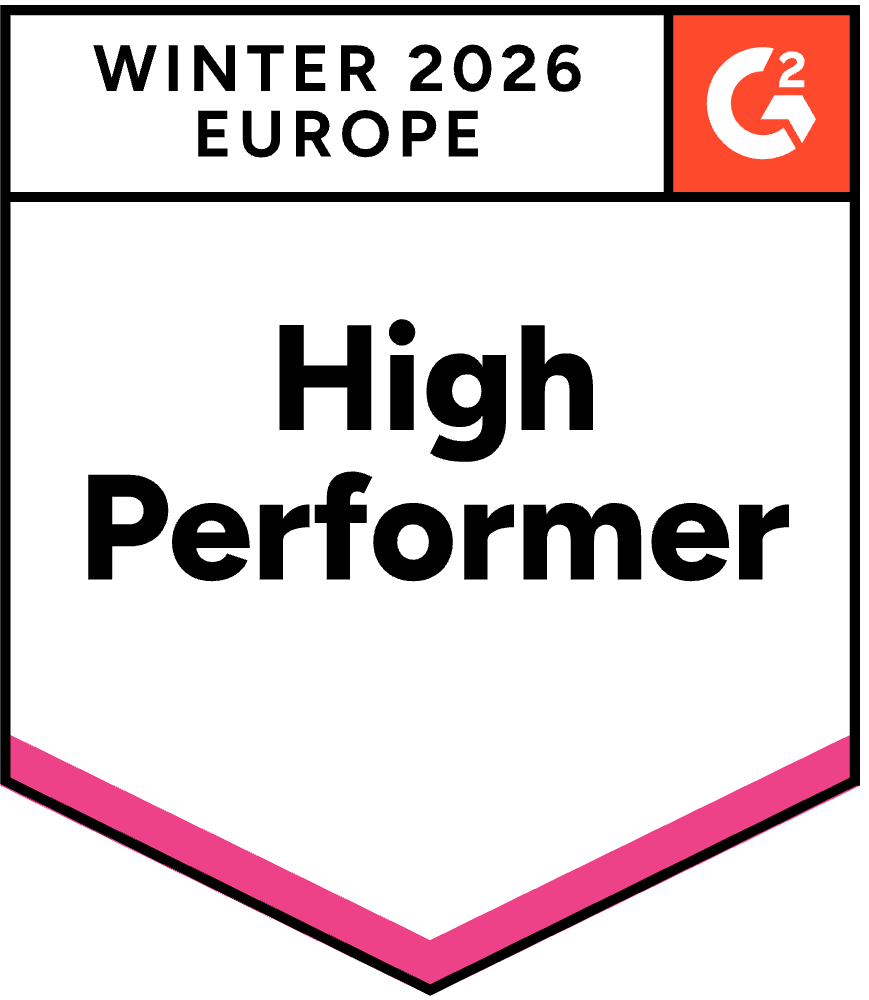

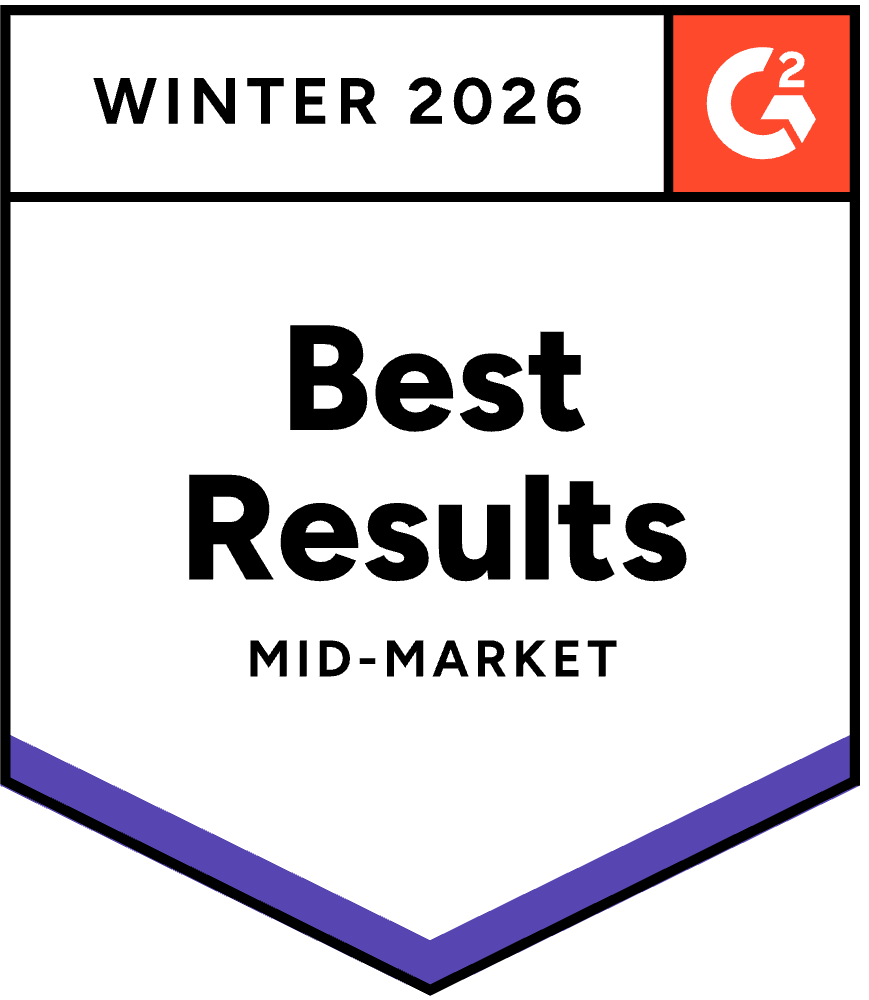


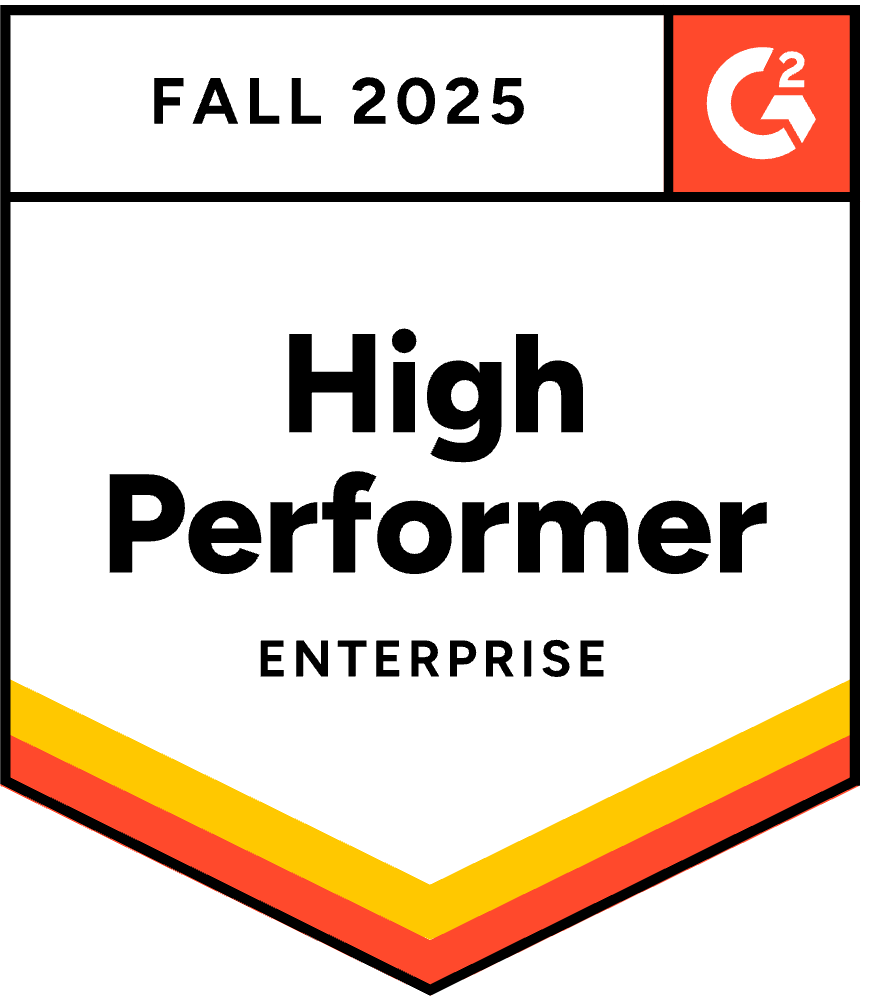


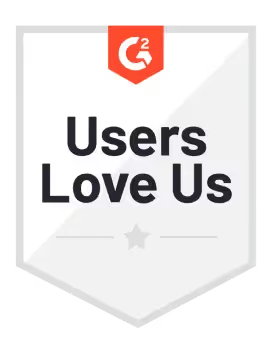
See Sifflet in action!
Curious about how Sifflet can transform the way your team works with data?
Join our 30-min biweekly demo to see how data leaders, engineers, and platform teams use Sifflet to detect, resolve, and prevent issues—before they impact the business.

See Data Breakthroughs
Sifflet helps you remove the obstacles that stand in the way of superior insights, value, and products from data.
Supercharge Productivity
Data engineers spend up 50% of their time on mundane reliability tasks and data analysts between 40 to 80% of their time vetting data quality. Sifflet augments your team’s capabilities and supercharges their productivity.

Uplevel Data Reliability
and Quality
See next-level improvements to data reliability and quality thanks to tools that make it easier and faster than ever to find and fix your data.

Empower Ownership, Enable Self-Serve
Sifflet ensures that your colleagues always know the health status of data, can give input to monitors, and take ownership of their data assets. Collaboration with data teams improves and it’s easier to enable data-mesh and self-serve.
Improve productivity and collaboration between engineers and data consumers
For everyone, working with and finding data becomes intuitive with a simple and automated UI, data discovery is simplified with a data catalog, and it is easy to connect with coding workflows.


Troubleshoot
When data breaks, take charge. Use Sifflet’s robust tracing capabilities to map your data upstream, downstream and across data layers. You’ll gain insight into your data across the entire lifecycle and see rapid improvements to data quality that benefit the entire company.

Monitor
Monitor it all. And more. Sifflet offers both out of the box and custom monitoring capability, so your teams can keep an eye on assets you know need observation…and even those you don’t. Our AI optimizes your coverage and minimizes noise, getting smarter as it goes. Your data’s reliability is reinforced, helping to grow confidence in your numbers. Now that’s performance.
Built for %%Everyone%%
Sifflet helps you remove the obstacles that stand in the way of superior insights, value, and products from data.














Frequently asked questions

More data. %%Less Chaos.%%
If you want a smoother running stack, let’s talk about what Sifflet can do for you.


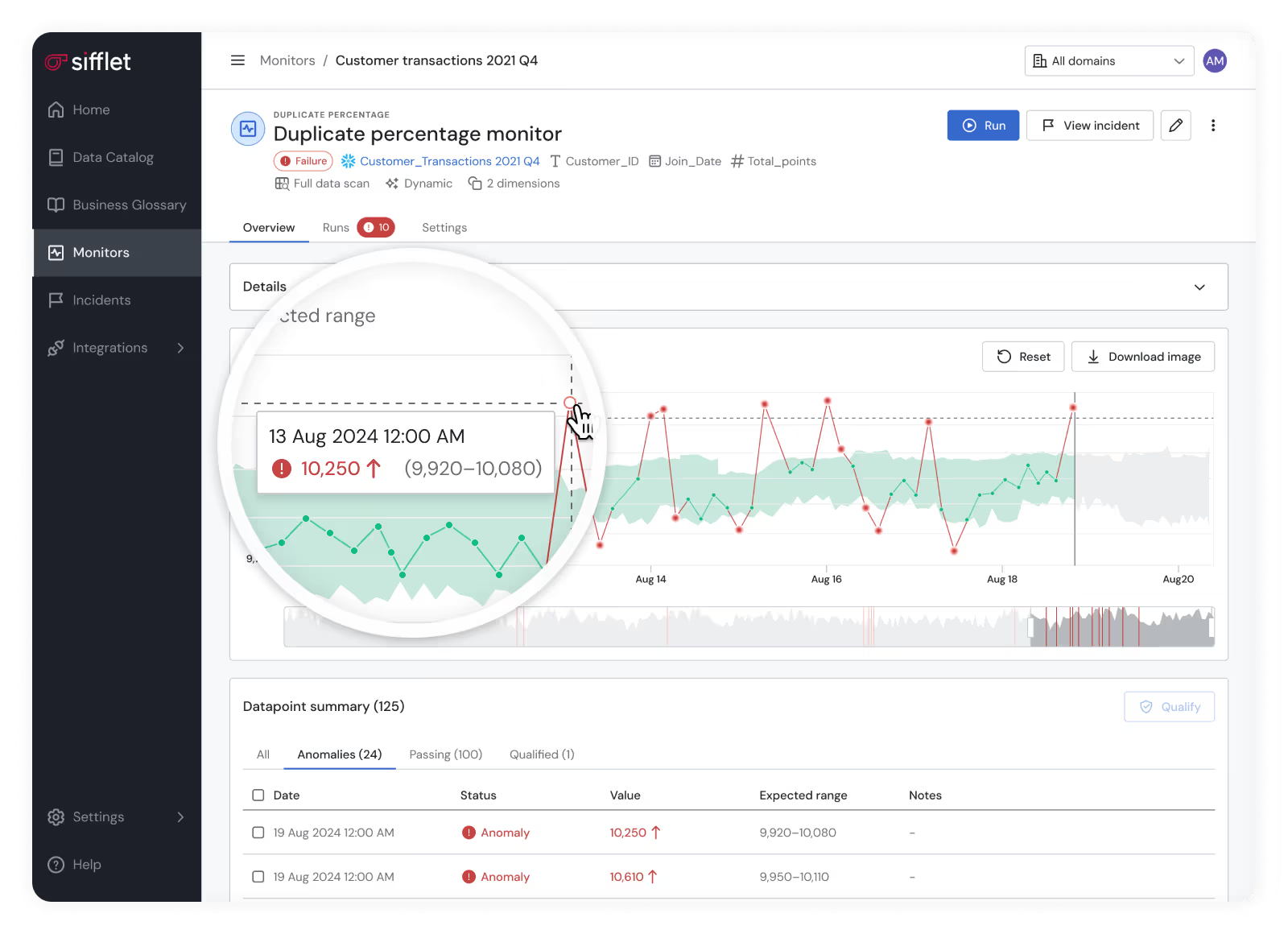














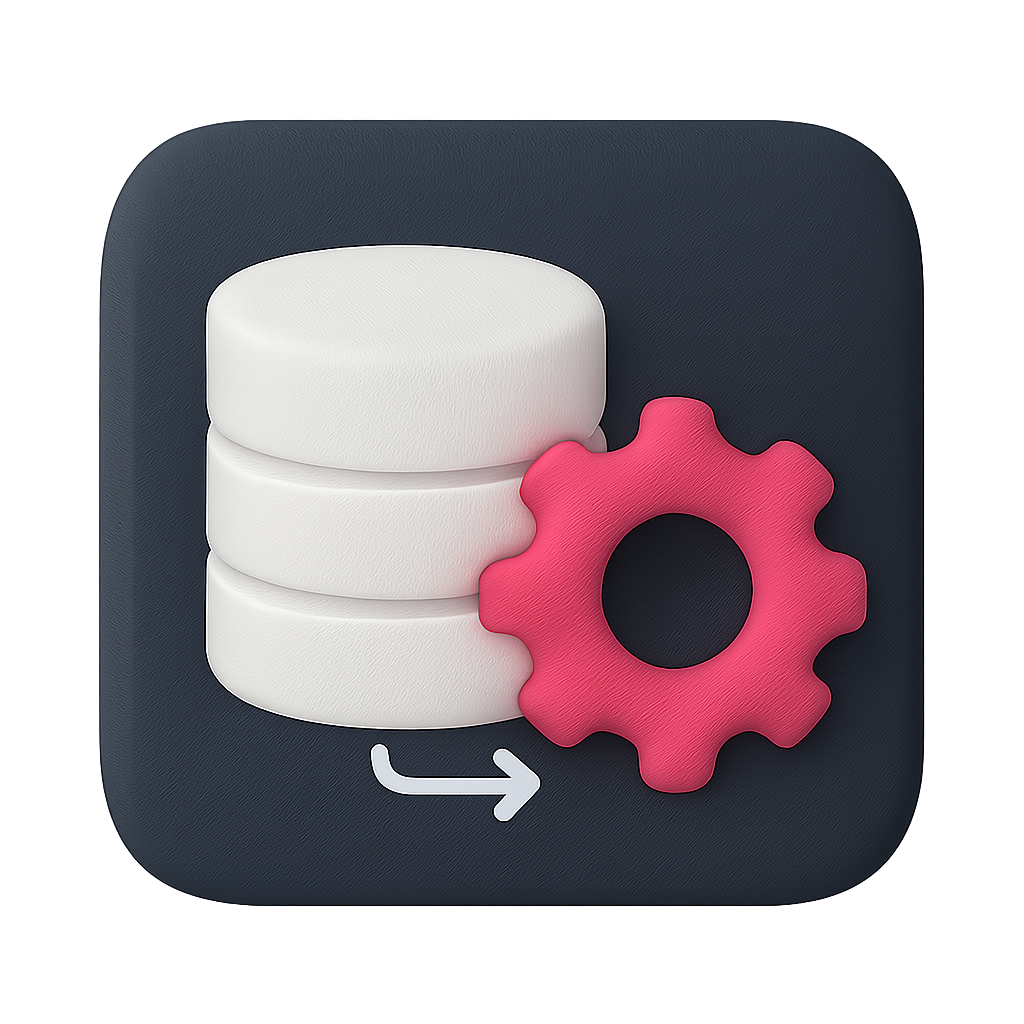

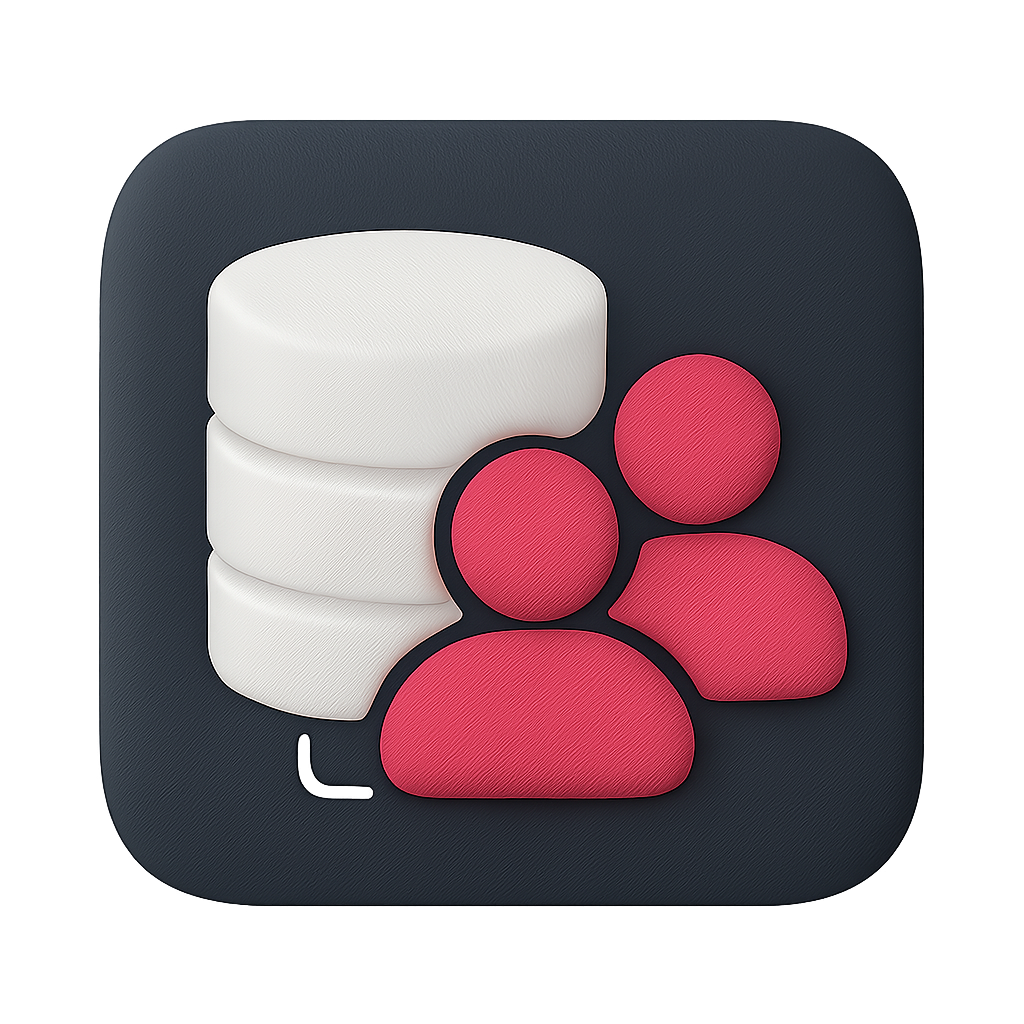








-p-500.png)
